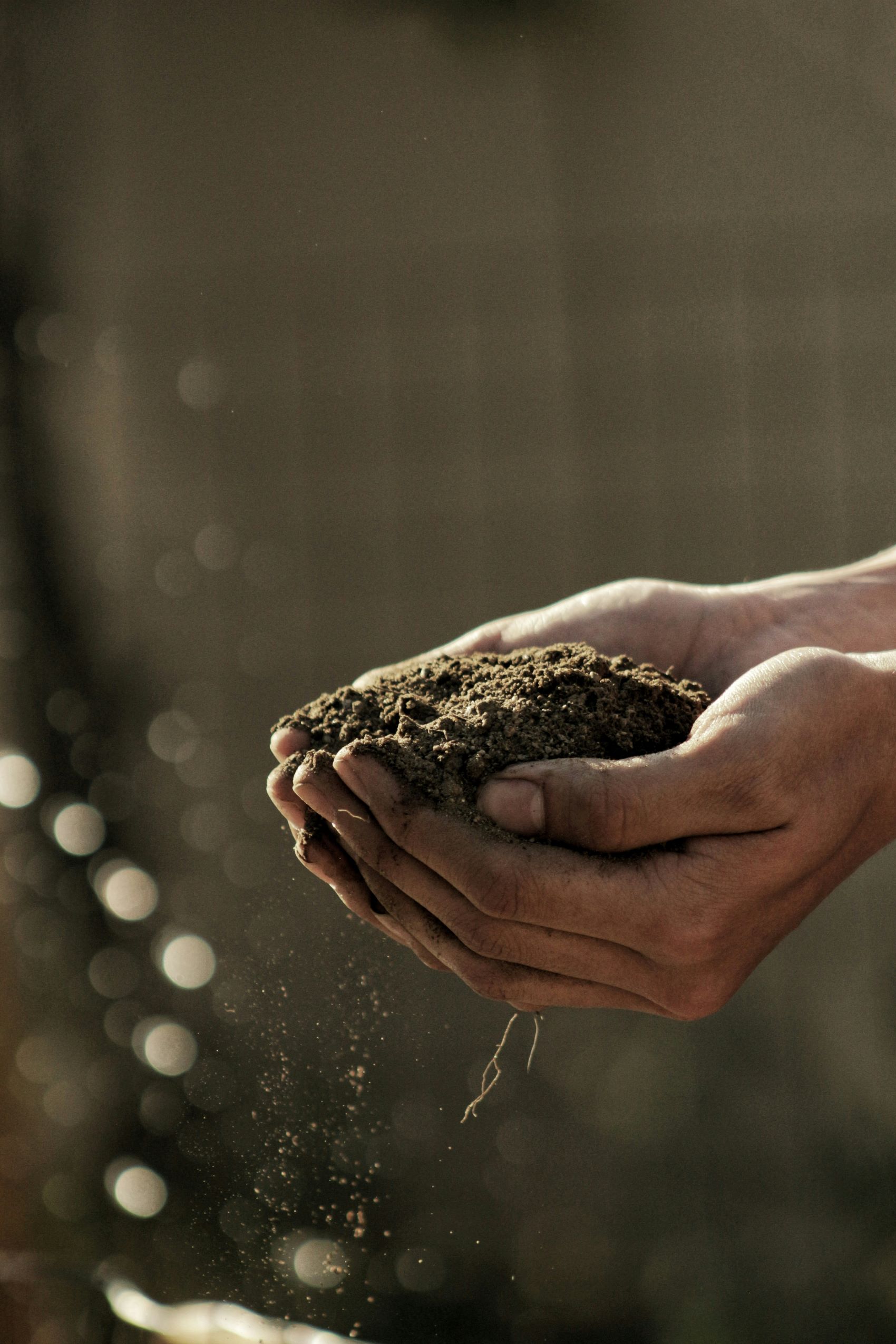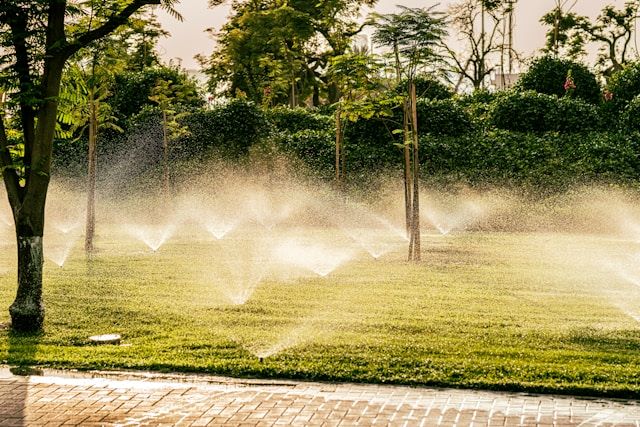In today’s environmentally conscious world, finding efficient ways to nurture our lawns and gardens while minimizing water waste is more important than ever. This guide aims to unlock the secrets of effective irrigation, ensuring your yard receives just the right amount of hydration without excess.
From understanding your garden’s unique needs to employing the latest irrigation technology, we’ll walk you through planning, implementing, and maintaining an irrigation system that supports lush, healthy growth.
Why Irrigate?
Your yard needs water to thrive, but there are many factors to consider when deciding whether to irrigate. Climate, soil type, and plant species all impact your yard’s hydration requirements. In this expert guide to irrigation, we’ll cover some factors to consider when deciding on hydration requirements.
Climate
The amount of rainfall your area receives is a significant determining factor in irrigation needs. For example, areas with high annual rainfall may not require as much irrigation, while arid regions may need additional watering.
Soil Type
Another crucial factor in irrigation is soil type. Clay-rich soils retain water longer than sandy soils, requiring less frequent irrigation. On the other hand, sandy soils have poor water retention and may require more frequent watering.

Plant Species
Different plant species have different hydration needs. Native plants, for example, often require less water than non-native species that may not be adapted to the local climate. Understanding your garden’s plant types is crucial in determining irrigation requirements.
Types of Irrigation
There are various irrigation methods, and choosing the right one for your yard depends on several factors. Here are some common types of irrigation systems:
Sprinkler Irrigation
Sprinklers are the most common irrigation system, shooting water into the air and letting it rain down on your yard. They can be adjusted to provide specific amounts of water and typically cover large areas.

Drip Irrigation
Drip irrigation delivers water directly to plant roots through tubes and emitters. This method is more efficient, as it minimizes water waste by targeting specific areas.
Micro-Spray Irrigation
Micro-spray irrigation systems use tiny sprinkler heads to deliver a light water mist over a small area. They are best suited for gardens and flowerbeds.
Subsurface Irrigation
Subsurface systems deliver water directly to plant roots underground, reducing evaporation and minimizing water waste. They are typically used for lawns and large areas.
Planning Your Irrigation System
Once you understand your yard’s irrigation needs and the different types of systems available, it’s time to plan your irrigation system. Here are some key considerations:
Water Source
You’ll need a reliable water source for your irrigation system, whether it’s from a municipal supply, well, or rainwater collection system. Make sure the source can provide enough water for your yard’s needs.
Layout
Consider your yard’s layout and choose an irrigation system that can cover all areas efficiently. You may need to combine different types of systems to ensure full coverage.
Timing and Frequency
Timing and frequency are crucial in efficient watering. Consider the best time of day to water and how often your plants require watering based on their specific needs.
Implementing Your Irrigation System
Once you have planned your irrigation system, it’s time to implement it. Here are some steps to follow:
- Gather materials: Before you begin, make sure you have all the necessary materials for your chosen irrigation system.
- Install components: Install pipes, tubing, and other components according to your system’s design.
- Test and adjust: Once everything is installed, test the system and make necessary adjustments to ensure even water distribution.
Maintaining Your Irrigation System
Regular maintenance is crucial to keep your irrigation system running efficiently. Here are some tips for keeping your system in top shape:
- Check for leaks: Regularly inspect your system for leaks or damaged components and repair them promptly.
- Adjust as needed: As plants grow and change, their water needs may also change. Make sure to adjust your irrigation system accordingly.
- Clean filters: Clogged filters can affect water flow and system efficiency. Clean or replace filters as needed.
- Schedule regular check-ups: It’s a good idea to have a professional inspect your irrigation system annually to catch any potential issues early on.
Additional Factors to Consider
- Efficiency Improvements: Explore advanced technology like smart irrigation controllers that adapt watering schedules based on weather conditions.
- Local Regulations: Be aware of local ordinances or water use restrictions that may impact your irrigation options.
- Environmental Impact: Consider your irrigation system’s ecological footprint and seek ways to use less water and energy.
- Cost Factors: Evaluate the initial installation costs versus long-term savings on water bills to determine the most cost-effective solution.
- Professional Assistance: For complex systems or if you’re unsure of your ability to install and maintain the system, consult with a professional irrigation specialist.
- Seasonal Adjustments: Remember to adjust your irrigation system settings based on seasonal changes to avoid over or under-watering.
- Water Quality: Using clean, debris-free water will prevent clogging in your system and ensure efficient operation. Consider installing a filtration system if your water source contains sediment or debris.
Conclusion
Irrigation plays a crucial role in maintaining a healthy and thriving yard. As climate change continues to impact weather patterns, it’s essential to understand your yard’s irrigation needs and choose the right system for your specific environment.
By considering factors such as climate, soil type, and plant species, you can design an efficient irrigation system that meets your yard’s unique requirements.
Regular maintenance and adjustments are also essential in ensuring your system’s longevity and effectiveness. With proper planning and care, you can keep your yard looking lush and green while conserving water and minimizing environmental impact.








